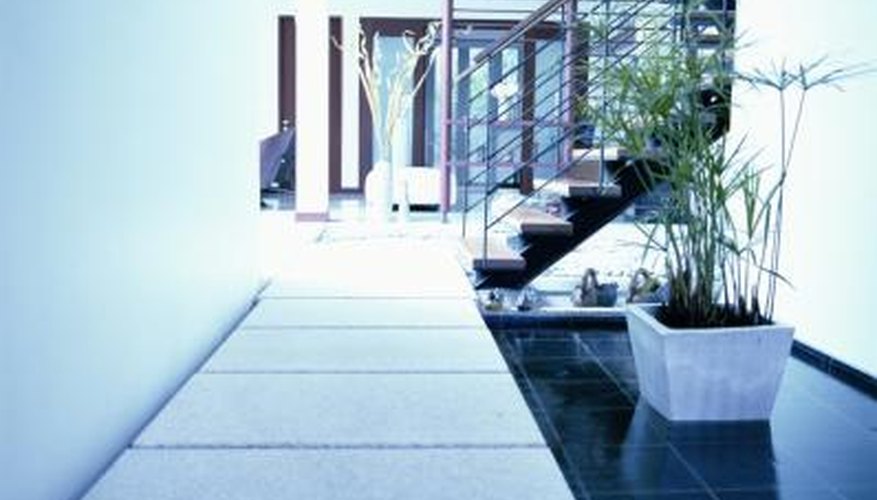Sometimes a pop of colour is needed against the backdrop of all that green houseplant foliage. Calandiva might be just the answer. Calandiva is a type of kalanchoe (K. blossfeldiana 'Calandiva') that is generally sold as an ornamental houseplant. Bred in Holland, Calandiva produces clusters of double pink roselike flowers. A succulent, related to the jades and sempervivums, Calandiva requires little care to keep it healthy.
- Sometimes a pop of colour is needed against the backdrop of all that green houseplant foliage.
- A succulent, related to the jades and sempervivums, Calandiva requires little care to keep it healthy.
Remove and discard any foil wrap from the pot, as it will trap water in the bottom.
Grow the Calandiva in sandy soil or equal parts of perlite and peat moss.
Provide the Calandiva with bright light. A sunny window is ideal. Otherwise, place it in the part of your home that receives the most sunshine.
Water the soil thoroughly, allow the pot to drain completely and then empty the tray beneath the pot. Do not water the Calandiva again until the soil is dry. Calandiva is a succulent and prone to root rot if the roots remain moist.
- Provide the Calandiva with bright light.
- Do not water the Calandiva again until the soil is dry.
Count, from the flower, back three leaves and cut the flowers to this point when they die. Do not fertilise again until there is new growth.
Help the Calendiva develop buds by keeping it in the dark for an extra three hours a day, between October and the end of February. Place it in a closet or other dark area in the late afternoon and remove it the next morning. Keep the temperature at 12.8 to 18.3 degrees Celsius during this time.
Fertilise the Calandiva immediately after the dark, resting period with a water-soluble 20-8-20 formula, diluted to half strength. Fertilise every two weeks after this.
